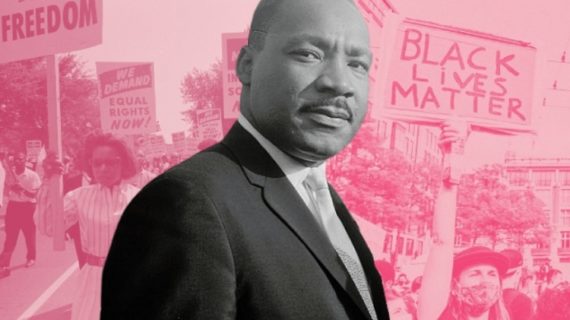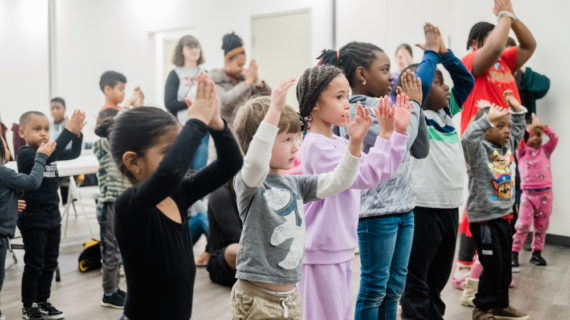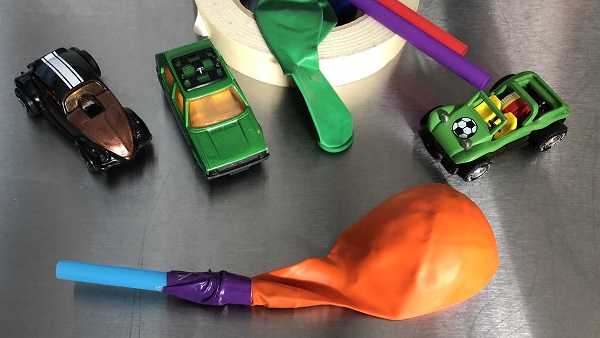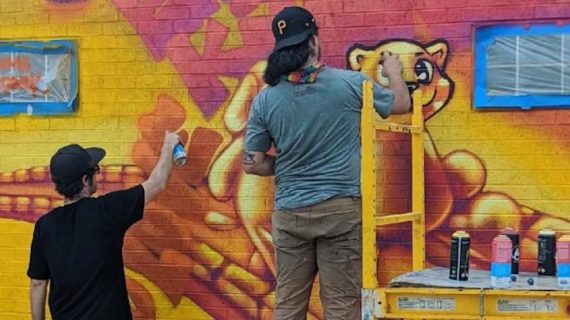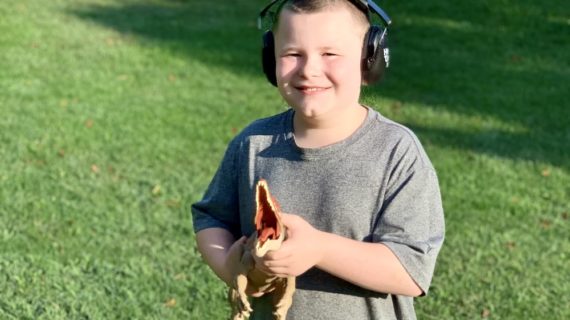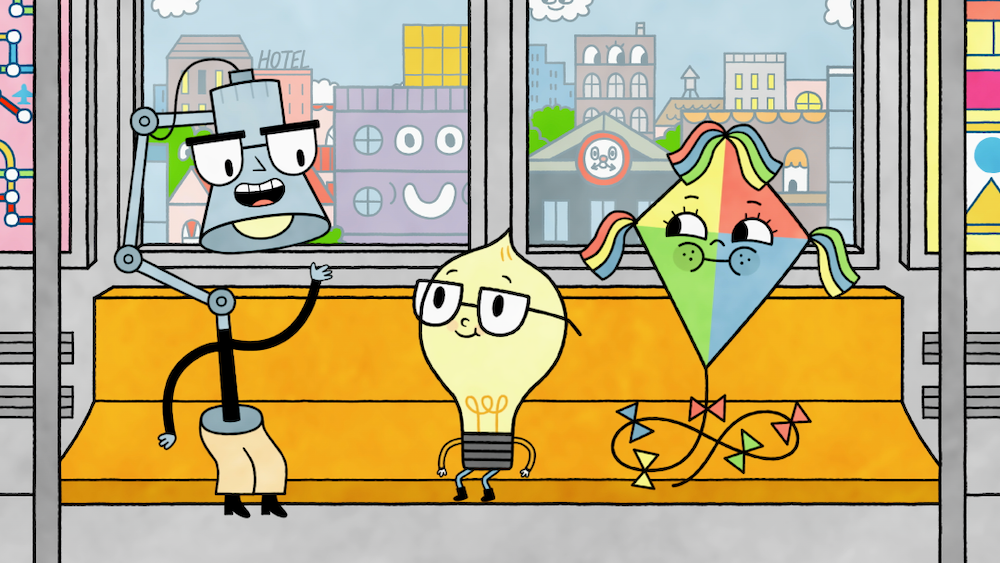
Meet the creator of PBS Kids’ newest show, “City Island”
Image above courtesy of PBS Kids.
When animator Aaron Augenblick speaks about his new project “City Island,” he often brings his colleagues into the conversation. Whether it’s animation supervisor Katie Wendt, former PBS executive Linda Simensky or the show’s composer Tunde Adibimpe (“TV on the Radio”), Augenblick is quick to highlight the importance of partnership.
And that’s just what “City Island” is about — creative alchemy and collaboration.
Augenblick, long known for his grown-up cartoons from Augenblick Studios, which aired on MTV and Cartoon Network, tells Kidsburgh he founded Future Brain Media with Daniel Powell (“Inside Amy Schumer”) because he felt he hadn’t done enough with children’s animation.
“City Island” episodes are now available on PBS Kids apps and Amazon’s PBS Kids, as well as the PBS Kids website.
“I always try to do new things and find new places I haven’t gone before,” Augenblick says. “So we had a meeting with a group of our favorite people and asked, ‘What were shows you’ve never gotten to make? What’s your dream show?’ And I said that one of my favorite things in cartoons is when things are alive… I asked, ‘What if we did a show about a living city and it could have a little light bulb that has big ideas?’”
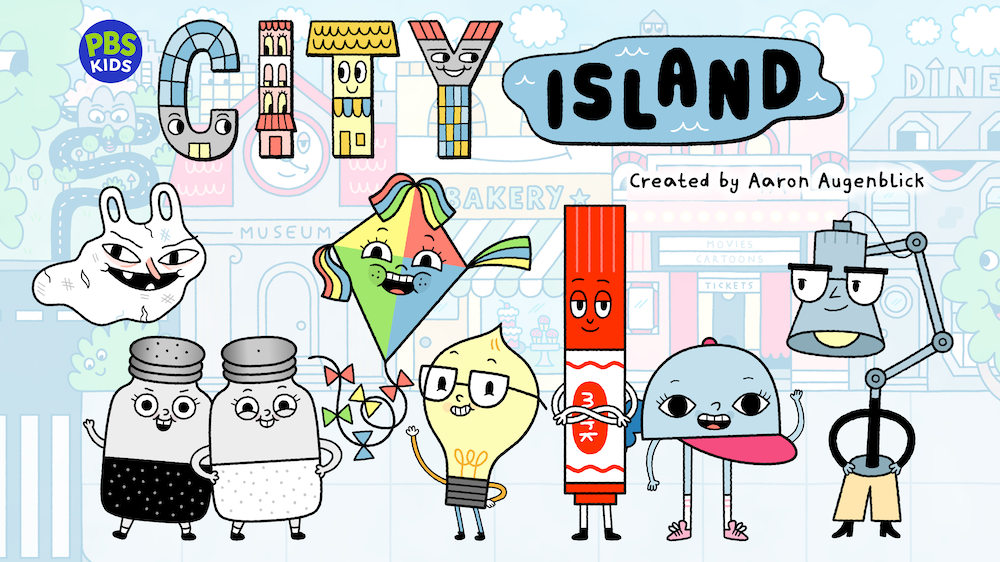
The idea quickly came to life at PBS.
“Once I had the idea together, the concept was initially about problem-solving, helping out around the city,” he says.
But when he explained about Watt, the 8-year-old light bulb who lives in a living city, PBS asked: How do you feel about civics? The result is a fun, vibrant, immersive show for kids ages 6-9, with a focus on what it means to be part of a community.

“At this age, civics is really conceptual,” says Augenblick. Even something as simple as geography – the fact that people grow up in different places and therefore have different experiences and viewpoints – is a civics idea for early elementary-aged kids.
The format of the show – which now includes 20 three-minute shorts – is newer territory for PBS. Now that viewers are often watching shows on their tablets and phones while on the go, PBS is expanding its repertoire to include these bite-sized lessons.
What does Augenblick hope his audience takes from the show?
“I want them to have fun,” he said. “I would love it if they liked the characters. I spent a lot of time writing the backstories for each main character. I would hope they have fun and that they enjoy spending time with the characters. And that they learn a little about community and kindness, and that they participate a little in their town.”
When he talks about the characters, he doesn’t mean humans – or even animals.
In an episode titled “Pets,” Watt and his friends – a kite, and a set of salt and pepper shakers – volunteer at an animal shelter, where Watt connects with a dog who is a can of seltzer. In a city where the mayor is an office chair and all of the art at the museum speaks (literally) kids can enter a delightful, engaging place where in addition to being entertained, they can begin to learn what it means to be a helpful citizen.
“Even though we don’t have humans on our show, [the characters] are telling their own stories,” Augenblick says. “The idea of collaboration and what people can do when we work together for a common purpose — I love anytime we can talk about that. When people work together, we can accomplish anything.”
